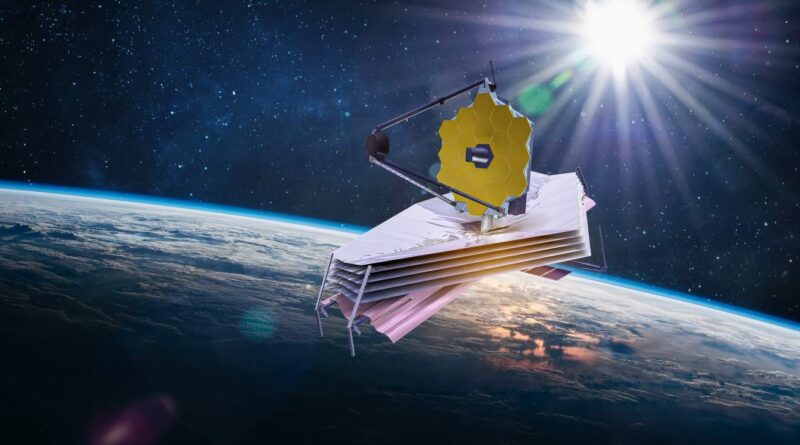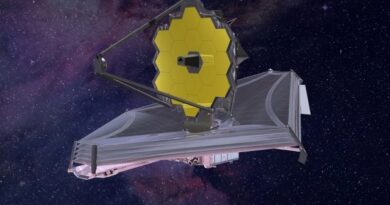Webb’s telescope only just launched, but it’s already surpassing expectations
The James Webb Space Telescope (JWST) had a delayed launch, but it seems that all that redundant work wasn’t in vain. According to NASA, the launch went so well that as a result, the anticipated lifetime of the telescope just went up. Thanks to redundant energy, NASA now predicts that JWST may significantly surpass its original wisdom continuance.
Still, the earnings may be relatively substantial, If proven true. Webb’s telescope has a minimal continuance anticipation of five times, but indeed previous to this discovery, NASA stated that we can anticipate it to support operations for over to 10 times. With the rearmost findings, it’s possible that the telescope will surpass all prospects and continue to serve for much longer than indeed the generous original 10- time vaticination.
The platoon behind the Webb telescope has anatomized its line after the launch on December 25, 2021. Since the launch, the telescope has formerly gone through twomid-course correction pushes, giving the judges further data as to how important fuel JWST is using to operate and reach its final destination around 1 million country miles down from Earth.
Grounded on the rearmost analysis, NASA has learned that the telescope requires lower energy than firstly planned. The main fuel savings stem from the fact that NASA overrated how important energy would be needed to correct Webb’s line. This makes perfect sense, as in a charge that requires as important perfection as this one, it’s better to err on the side of caution.
NASA went on to describe in lesser detail what exactly allowed Webb’s telescope to save so important energy during its long- awaited launch and trip period. The telescope has reserves of rocket energy onboard that it uses for several critical tasks. Rocket energy is needed for course correction, insertion into route at its destination, maintaining the telescope’s exposure in space, and commodity that NASA refers to as “ station keeping pushes.” This refers to conforming Webb’s route through the use of small thruster becks.
According to NASA, JWST managed to retain a lot of fuel due to how precise the Arianespace Ariane 5 launch was. The twomid-course correction pushes that followed the launch were both successful. As both the launch itself and the course corrections exceeded NASA’s original prospects, the overlook has a lot of leftover energy to use up in the times to come.
Webb’s telescope beats NASA’s prospects in further ways than one, and we ’re only a many days into the launch. The deployment of the telescope’s solar array was set to be executed automatically grounded on one of two conditions When JWST reached the ideal station toward the Sun in order to power the overlook, or upon hitting the 33- nanosecond mark after launch. Webb managed to reach the correct station just 29 twinkles after launch, farther saving time and energy.
long way to go before it’ll reach its new home at a place called the alternate Lagrange point (L2) located around 1 million country miles down from Earth.
L2 is on the far side of the Earth and it offers the needed gravitational balance between our earth and the Sun. That’s where Webb’s overlook will settle into route and also remain there for the times to come.
The state in which the telescope was launched into space on Christmas Day is much different from its so- called final form. As JWST was originally folded, there are numerous way to complete on its way to route. Along the way, the telescope will continue to unfold until it reaches the state that will allow it to peer into deep space.
NASA stated that all unborn deployments are mortal- controlled to allow inflexibility and redundant perfection. You can see what’s in store for the James Webb Space Telescope on NASA’s website.



![How to solve [pii_email_4dbb03acbeec58b4388f] error](https://malgudidayz.com/wp-content/uploads/2022/12/How-You-Can-Solve-pii_email_37f47c404649338129d6-Error-Updated-November-2020-390x205.png)
![[pii_email_0cbbda68c705117dc84f] How To Fix This Error 2023?](https://malgudidayz.com/wp-content/uploads/2023/02/Pii-Errors-pii_email_-1-390x205.png)